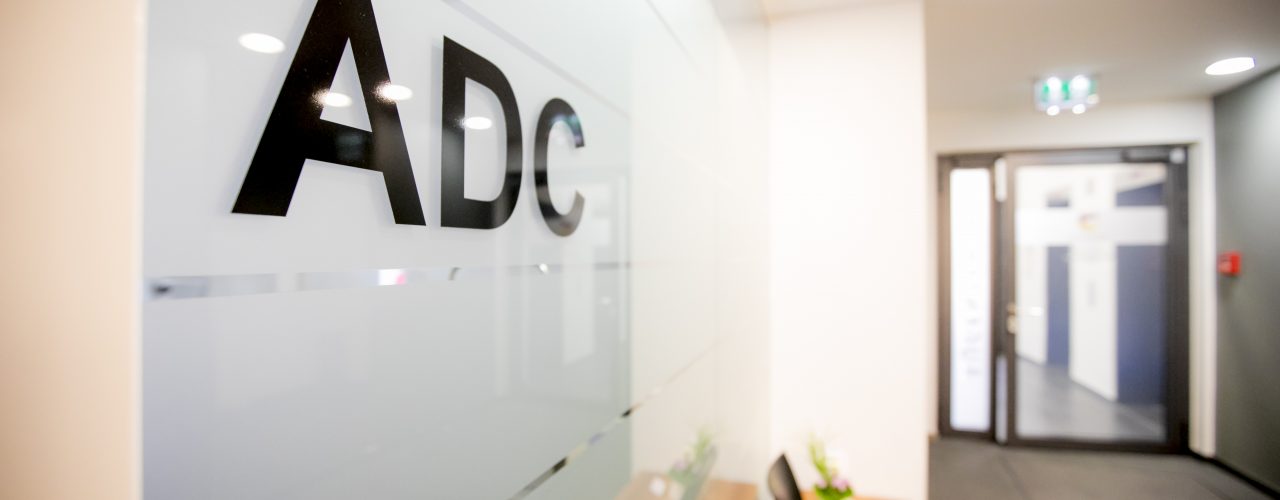An artificial lens is inserted into the eye during cataract surgery.
The eyes must be completely examined before a cataract operation. This includes the determination of your glasses strength, the measurement of your visual acuity with and without glasses, the measurement of the intraocular pressure, the measurement of the corneal curvature, the measurement of the axis length of the eye, the calculation of the artificial lens in order to determine the most suitable lens for you, the microscopic examination of the anterior and posterior sections of the eye.
Some of these examinations may already have been carried out by your own ophthalmologist.
Two measurement methods are available for measuring the eye:
The ultrasound measurement is part of the surgical service reimbursed by the statutory health insurance, but the more precise method of optical measurement is not.
In the Nymphenburger Höfe eye center in Munich we carry out the optical measurement with the Zeiss IOL Master.
Due to the greater accuracy, we always recommend our patients to have the optical measurement carried out. However, it must be invoiced as a private additional service for patients with health insurance.
Yes! Contact lenses can change the shape of the cornea because they rest directly on it. Due to this change in shape of the cornea, the measurement accuracy for calculating the artificial lens can be impaired.
If you take a break from wearing it, the cornea returns to its natural shape. Hard, including gas-permeable contact lenses should no longer be used at least 3 weeks before the measurements. With hard contact lenses, your visual acuity can vacillate during the break due to the unstable shape of the cornea. The measurements should only be carried out when these fluctuations no longer occur – even if this takes longer than 3 weeks.
Most people can calculate the power of an artificial lens very precisely. Nevertheless, the result after the operation may not be the desired value. During the healing phase after the operation, the artificial lens can slightly change its position within the eye and move minimally forwards or backwards on the visual axis of the eye. The extent of these displacements is not the same for every person, which is why the actual refractive power of the eye after the operation can be different than the target.
After a cataract operation, it may still be necessary to have glasses for optimal vision near or far or if the eyesight is higher.
However, if the deviation from the desired value is significant, the replacement of the artificial lens can be considered, or a correction with the laser, or with additional lenses that are also inserted into the eye.
Particularly far-sighted or very short-sighted people have the greatest risk that the value achieved will deviate from the calculated one.
The measurement and calculation of the artificial lens is also very difficult for people who have undergone LASIK or other refractive procedures.
To determine the best artificial lens, it is important to measure the patient’s eye precisely before the cataract surgery. The aim of this preliminary examination is to achieve the best possible vision after the operation.
The ultrasound method is usually available for the measurement. This conventional method only measures the length of the eyeball.
The globally recognized IOL Master enables painless and non-contact laser measurement. This optical biometry measures not only the length of the eyeball, but also the radius of the cornea and the depth of the anterior chamber. This increases the likelihood of achieving the best possible surgical result.
The keratograph is an instrument for recording and evaluating the topography of the cornea. A placido disc (ring system with concentrically alternating black and white rings) is projected onto the anterior surface of the cornea, the ring-shaped reflex images are recorded with a video camera and evaluated by a computer system using a Fourier analysis.
A major advantage compared to ophthalmic measurement is the number of measurement points. In an ophthalmic measurement, only a few measuring points are recorded (two central, four peripheral). Depending on the device, 10,000 to 30,000 measuring points are recorded in the keratographs, the result being a detailed profile of the cornea. Different forms of representation can be selected. The corneal topography can be represented numerically, color-coded or as a three-dimensional flat surface.
The keratograph was originally developed for corneal surgery. In the meantime, it is also widely used as a preliminary examination as part of a cataract surgery, before a LASIK procedure, or in contact lens fitting.
The OCT is the worldwide standard for diagnosis of diseases of the retina, in particular the macula and diseases of the optic nerve, for example glaucoma.
It has become the world’s most important instrument in the diagnosis of macular diseases and therefore represents the essential examination procedure for the assessment of AMD, macular edema, a macular hole or a so-called macular pucker.
The principle is based on measuring the reflection of a light beam sent into the eye and converting it into an image that is visible to us using digital technology. The resolution is 10 microns.
The procedure is painless and completely harmless.
The OCT is not included in the statutory health insurance benefits catalog. This examination must therefore be billed by a private doctor.
